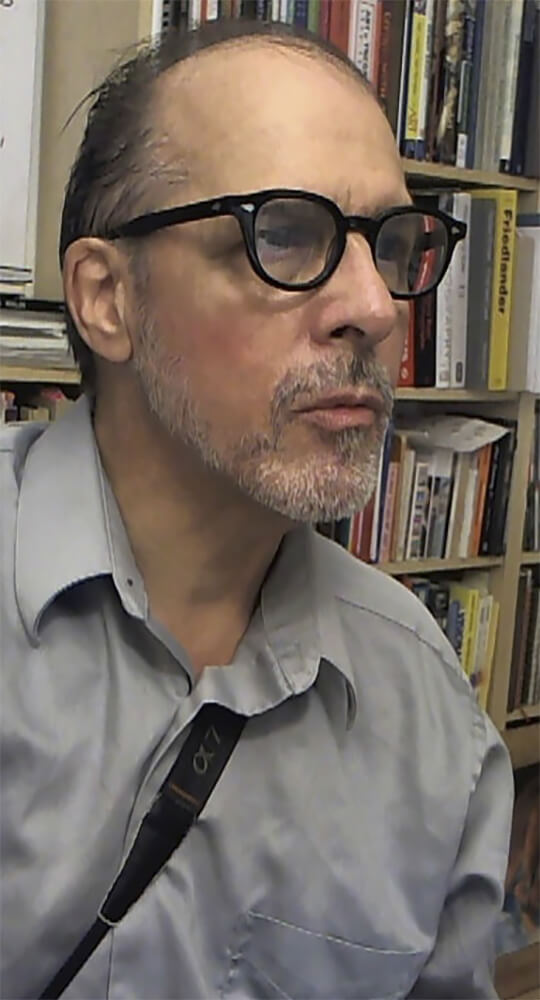Joseph Podlesnik holds a BFA in drawing and painting from the University of Wisconsin-Milwaukee and an MFA in drawing and painting from Cornell University. He currently serves as Adjunct Faculty (online) for the Stockton University Visual Arts Program and Facilitator Lead for the Digital Photography Cornell Certificate Program. Podlesnik exhibits his photographs singly and in group shows, nationally and internationally. He resides in Phoenix, AZ.
For Podlesnik, the camera lens depicts perspective too easily, which is why he captures and makes photographs which often frustrate readable perspectival space. For him, the photographic image is not only a window through which to see the visible world, but also a maker of flat surfaces which stunt or block logical space. He sees photography and pictures not only as documentation, but as commenting on or reenacting perception itself.
The Pain, Boredom and Euphoria of Looking
For the “The Pain, Boredom and Euphoria of Looking” exhibition, my intent is to select color and black and white photographs which involve some personal physical discomfort (while capturing the photographs), degrees of boredom (tolerating, organizing, and capturing a world full of redundant visual information) and the thrill and euphoria I experience while capturing photographs and exploring their effects in post- processing. The intent is to arrive at formal order, unity, mood, complexity, ambiguity, and in many cases engage the viewer in frame edge-to-frame edge visual activity.
